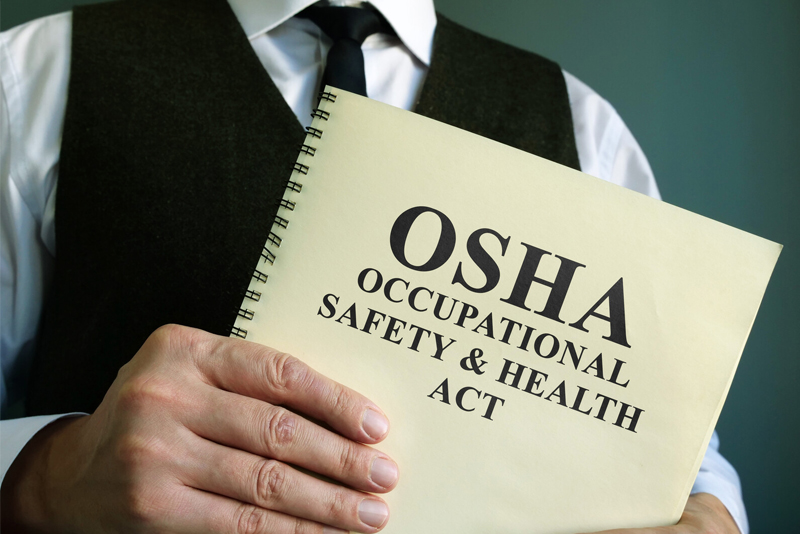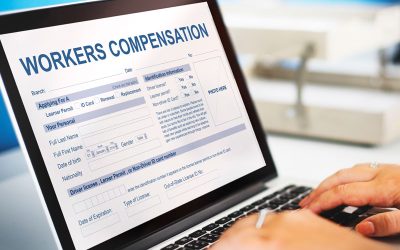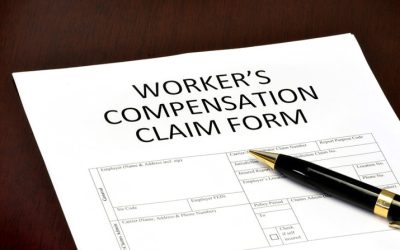In the aftermath of the COVID-19 pandemic, the economy is slowly starting to recover, and business activity for various organizations including medical review companies like ours will also slowly return to normal. All organizations that are functioning remotely or otherwise now, follow stringent rules of social distancing, masks and highly limited interaction to contain the spread of this vicious virus. Ensuring a safe workplace and the health and safety of employees are the prime concerns of every employer. Employees need to be reassured that their work environment is safe and that the employer cares for their safety and wellbeing. It is also important to train employees on various aspects such as how to interact with coworkers, social distancing, use of masks and gloves and other necessary equipment. Any information related to these must also be promptly communicated.
The OSHA (Occupational Safety and Health Act) regulates employee safety in most of the private sector. The General Duty Clause of the OSHA requires employers to provide their employees with a safe workplace free from recognized hazards likely to cause death or serious physical harm. OSHA has enforced various industry – and risk-specific safety standards, but there is no standard particularly for respiratory diseases. Therefore, the General Duty Clause governs the COVID-19 and other pandemic situations.
Safety Standards Applicable in Connection with Coronavirus
- PPE (Personal Protective Equipment) Standards: These govern the use of gloves, eye, and face protection, and respiratory protection.
- Blood-borne pathogen standards: OSHA considers this as providing a framework to control the risk of exposure to COVID-19 from respiratory secretions.
Risk Classification
- Very High: Jobs that have high potential for exposure to known/suspected sources of COVID-19 during procedures such as – lab, medical, postmortem tasks that involve direct exposure to bodily fluids or tissue.
- High: Jobs that have high potential for exposure to known or suspected sources of the virus such as medical transport, healthcare.
- Medium: Jobs that require frequent or close contact with people who may be infected, but who are not suspected or known COVID-19 patients (travel, high-volume retail, schools)
- Low: Jobs that don’t require contact with people known to be, or suspected of being infected with COVID-19, nor frequent close contact with the general public (office jobs with minimal public contact and safe co-worker distancing)
Controls for All Risk Categories
- Administrative: This signifies policies, procedures, training
- Engineering: Process design, workspace design, facility design, HVAC
- PPE: In the COVID-19 context, this means masks, hand sanitizer, gloves and so on
- Safe work practices: Applicable only for High and Very High-risk occupations. E.g. infection control in healthcare facilities. Also, hand washing and social distancing in all work environments, irrespective of the risk level.
Typically, most workers have a low exposure risk, and to address this, businesses can implement primary administrative controls, or if necessary industry-specific controls based on the employees’ exposure risk.
OSHA has released guidance on COVID-19 workplace issues including construction, manufacturing, package delivery, retail, and general industry information. In addition, OSHA has also released interim enforcement guidance to reflect time needed to adjust to the COVID-19 world and safeguard employees from harm. The guidance/alerts issued contain similar recommendations taken from CDC (Centers for Disease Control) guidelines for all workplaces. The general guidelines/practices are then adapted for specific industries involved.
Since OSHA has not issued specific guidance regarding respiratory diseases, employers must consult the relevant CDC guidelines regarding the same. Check in particular for guidelines listed under Prevent Getting Sick.
Here are some vital steps for employers in all industry segments to follow according to OSHA.
- Employees who are sick should stay at home
- Enforce social distancing at six feet minimum (Implement taped distances similar to grocery stores)
- Workstations may have to be moved and plexiglass shields could be used to prevent the spread of infection and ensure safety
- If practical, encourage flexible working hours and arrangements or staggered shifts to minimize employee interactions
- Limit worksite access to only essential workers, if feasible
- Discourage employees from using other workers’ desks, phones, other work tools and equipment
- Train employees regarding how to use masks, protective clothing and other equipment
- Communicate all public health warnings and updates promptly
- Authorize employees to wear masks and require masks at any employee meeting or gathering, ensuring proper social distancing rules
- Encourage frequent washing of hands. Provide a place to wash hands or access alcohol-based hand rubs containing at least 60% alcohol
- Clean and disinfect surfaces, equipment, and other elements of the work environment regularly. Use only EPA (Environment Protection Agency)-approved cleaning chemicals with label claims against the coronavirus. Follow the manufacturer’s instructions for use of all cleaning and disinfection
- Educate employees on proper etiquette such as covering the nose and mouth when sneezing or coughing
- Avoid reuse or shared use of equipment among employees
- Ensure that hand sanitizers are widely available. Encourage cleaning of common surfaces with towels and cleansers. Make sure that towels and cleaning agents are always available
- Encourage employees to report any health or safety concerns promptly
Industry-specific guidance is available for retail, construction, manufacturing and package delivery sectors.
Here are some important things for employers to note:
- Provide a safe workplace free from hazards, which is extremely challenging with this new coronavirus on the lurk
- Remember that:
- Report any potential OSHA-recordable event
- Reporting is required in certain circumstances
- Failing to report can lead to adverse consequences
- Reporting does not constitute an admission of fault for the employer or employee, nor does it indicate than an OSHA standard was violated, or that an employee is eligible for workers’ compensation and other benefits
As organizations in all sectors of the economy including legal firms, insurance companies, chart review firms and others begin to plan return to work, they will have to adhere to all CDC and OSHA guidelines and include these in their strategies. Proper communication is of immense significance in this context and workers, customers, vendors and others should all understand exactly what employers expect of them and what they can expect from the employers in the fight to control the spread of COVID-19. New policies/procedures governing workplace safety and health must be communicated correctly and training programs must be conducted, though remotely, before returning to work in full swing.




